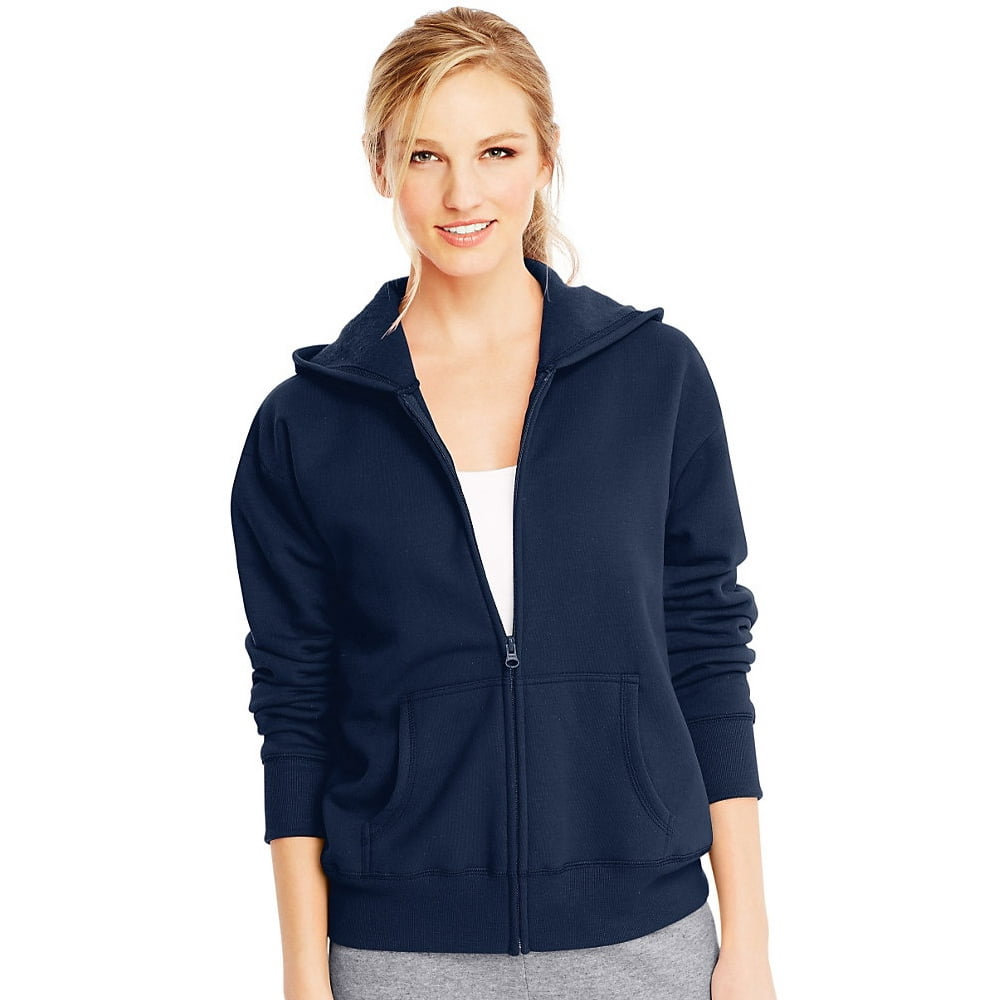Sweatshirts are long-sleeved pullover shirts that are typically constructed from thick cotton fabric. They are typically used for casual wear but aren't as dressy as sweaters or cardigans. They may not have the Hood. If you are interested in buying a sweatshirt, here are some tips:

Norma Kamali sparked the appeal of sweatshirt s
Since the late '70s the Norma Kamali brand has been transforming the simple sweatshirt into an art form. Her designs are now an essential part of every woman's wardrobe. Her distinct styles range from a tummy-tucking crew neck , to leather paneled sweatshirts. She has also created clothing in unique shapes, such as an oversized tank top that has a long trumpet skirt.
A partnership of the designers and the sweatshirt maker Everlast gave rise to her Timeless line, which became an instant hit when it was featured in Spiegel's spring 2006 catalog. The collection featured interchangeable and convertible knits in classic shapes and a lot of pieces were priced at less than $20. Even the Norma Kamali's Timeless collection was not available in stores, customers were able to find the pieces for sale on eBay as well as Poshmark.
Merino wool sweatshirt s feel more comfortable than sweatshirts with soft fabrics.
Merino wool is known for its ability to wick moisture away which help to keep you dry and comfortable. This is a naturally-occurring fibre that also offers a more comfortable feel. The fabric also dries quickly compared to other natural material. Additionally, merino is a sustainable resource. The merino sheep shed their coats each year, and then grow new ones.
The weight-to-heat ratio of merino wool makes it popular for sweatshirts. It assists in regulating body temperature thanks to its loft that naturally retains heat in the fibers. This is the reason Merino wool sweatshirts work perfect for summer and outdoor activities like hiking, mountain biking, and running. The warmth it provides helps keep the wearer cool and dry, which is important when exercising.
Zip-front hoodies come with a kangaroo pocket
Kangaroo pocket hoodies are a popular style of hoodie. They feature a big pocket in the front, which keeps your hands warm on chilly days. They are also more practical than traditional pockets, since they allow your hands to slide in and out effortlessly.
Kangaroo pockets are usually large enough to accommodate a wallet or some other small items for personal use. They are commonly long enough to fit a small hand, and can even be large enough to accommodate two hands. They are wide on either side , and can be used to carry small items.
French terry fabric is a well-loved fabric for sweatshirts

The French terry fabric is made of soft yarns that are knitted into loops and are typically medium-weight. It is also renowned because of its capacity to absorb away moisture and is pre-shrunk. French terry is a great option for sweatshirts since it is warm when you require it and helps keep you cool when you're trying to cool down.
French terry is also popular for casual wear, as it is stretchy enough and has enough flexibility to feel good against your skin. It also allows for enough air to circulate throughout the fabric, making it perfect for layering under other clothes. In addition, because it's lighter than most sweatshirts, you can wear it all year round without feeling too hot or cold.
Hoodies are classy and have a connotation of class.
Although sweat shirts might appear that hoodies are just clothes that are appropriate for those who are working class but the truth is that they have a classist connotation. Hoodies were first used in the early 70s New York, where graffiti artists would wear them to conceal their identities. In 1976, hoodies made their major movie debut with "Rocky," when the character from the working class wore gray sweats that were hooded during his famous climb up the Philadelphia Museum of Art.
Hoodies are frequently associated with destruction, death and other negative items, yet they serve a practical purpose. For instance, priests and monks can wear hoods to demonstrate respect and a sense of self-control.
